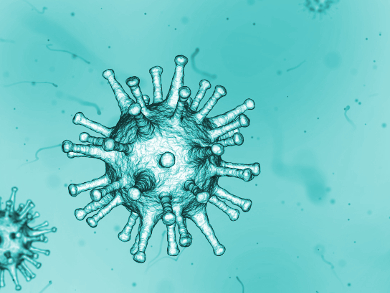The number of people infected with the H7N9 virus, which was first detected in poultry, has risen significantly in the last two years. The virus has killed about 40 % of those infected.
Yoshihiro Kawaoka, University of Tokyo, Japan, and University of Wisconsin-Madison, USA, and colleagues have studied a sample of H7N9 obtained from a deceased flu patient and compared it to a less pathogenic strain. The team found that the current form of the virus has mutated to cause worse symptoms and has started to become resistant to drugs such as Tamiflu. The researchers also studied the virus in animals that serve as model systems for the spread of flu in humans, i.e., mice, ferrets, and macaque monkeys. They found that the virus causes illness in all three animals and can spread among ferrets via respiratory droplets.
The researchers warn that further mutations could result in a virus that grows well in human respiratory cells and is resistant to commonly used drugs. This could give the pathogen potential for a pandemic. The team recommends close monitoring of the virus.
- A Highly Pathogenic Avian H7N9 Influenza Virus Isolated from A Human Is Lethal in Some Ferrets Infected via Respiratory Droplets,
Masaki Imai, Tokiko Watanabe, Maki Kiso, Noriko Nakajima, Seiya Yamayoshi, Kiyoko Iwatsuki-Horimoto, Masato Hatta, Shinya Yamada, Mutsumi Ito, Yuko Sakai-Tagawa, Masayuki Shirakura, Emi Takashita, Seiichiro Fujisaki, Ryan McBride, Andrew J. Thompson, Kenta Takahashi, Tadashi Maemura, Hiromichi Mitake, Shiho Chiba, Gongxun Zhong, Shufang Fan, Kohei Oishi, Atsuhiro Yasuhara, Kosuke Takada, Tomomi Nakao, Satoshi Fukuyama, Makoto Yamashita, Tiago J.S. Lopes, Gabriele Neumann, Takato Odagiri, Shinji Watanabe, Yuelong Shu, James C. Paulson, Hideki Hasegawa, Yoshihiro Kawaoka,
Cell Host Microbe 2017.
DOI: 10.1016/j.chom.2017.09.008




